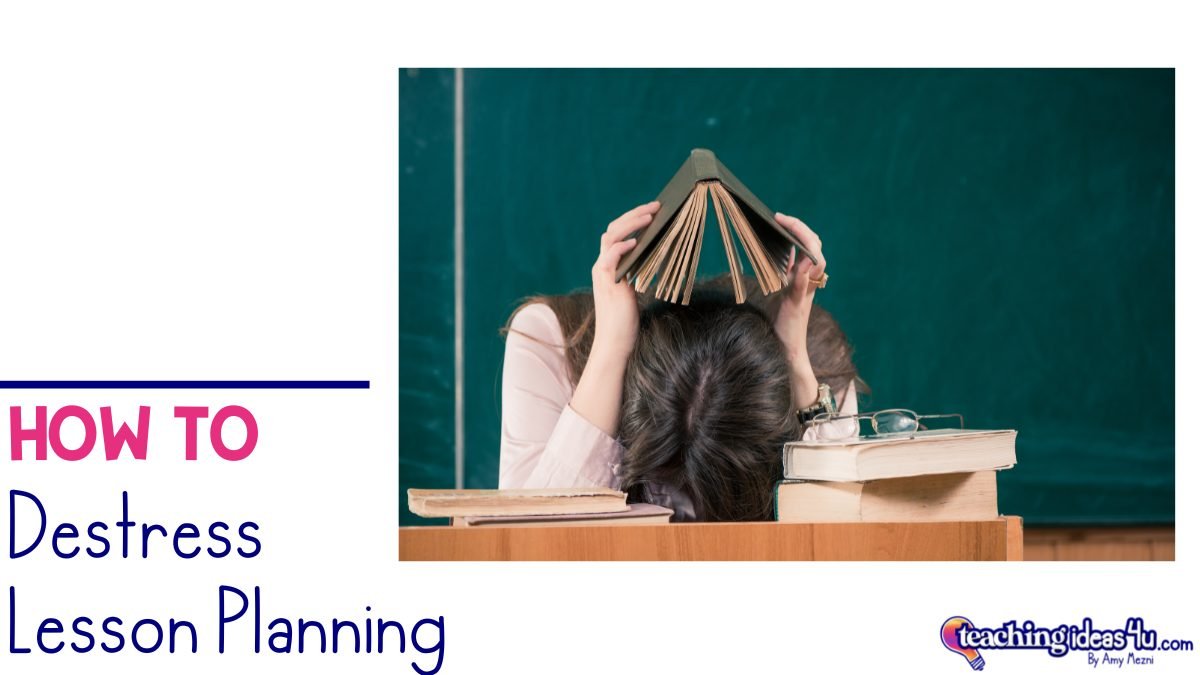How To De-Stress Lesson Planning
Do you feel like the bulk of your time as a teacher is spent planning your lessons?
I completely understand!
When I first started teaching (and a few years after) planning and prepping for lessons took up a lot of my time - and when I say my time, I truly mean my time. I was consistently taking work home to accomplish on evenings and weekends.
And let me tell you, working like that will lead to burnout.
So how can teachers spend less time on lesson planning?
One of the biggest shifts that helped me with my lesson planning was when I stopped planning individual lessons and started developing units. A unit covers multiple weeks instead of just one period and helps provide a framework for understanding how all of the lessons fit together to build mastery.
The moment I stopped planning individual lessons I found myself with more time to teach. Once I created units that correlated with the standards, I was able to reuse my units every year (of course, revising the overall plan to fit current students or improving a lesson.)
The point was that I no longer had to recreate the wheel every single day for every single year.
How Do I Plan Units?
If you’ve never created a unit plan before, start small! Don’t attempt to plan every single unit at once. Planning units will get easier with practice.
Begin with the topic you are most comfortable teaching. By beginning with your favorite topic, you will gain experience in unit planning with a topic that you are passionate about and familiar with.
We all have topics that we have to learn better before we can teach them - you can work on improving those units later.
The best type of unit plans focus on learning standards. With that in mind, analyze your standards and find which ones fit your unit topic.
For example, if you are creating a unit on Colonial America, it will be helpful to pull out every standard for social studies in Colonial America. You’ll need to fit them all in, but some will need more emphasis than others. (Some standards really can be more “supporting” of what would be the core standards.)
After you’ve identified your standards, decide what skills your students should know and have mastered by the end of the unit. Use that to develop your student goals for the unit.
Once you’ve identified final goals, you can develop your unit, designing lessons that build students' knowledge and abilities to the point where they can successfully complete the final activity.
Learning how to plan units helped me reduce my planning time and improve my teaching. I felt more in control of my classroom and less stressed, because I knew I had lessons that built on each other to help students achieve the standards.
If you want to learn more about unit planning, you can check out my post on Developing A Unit Plan.

